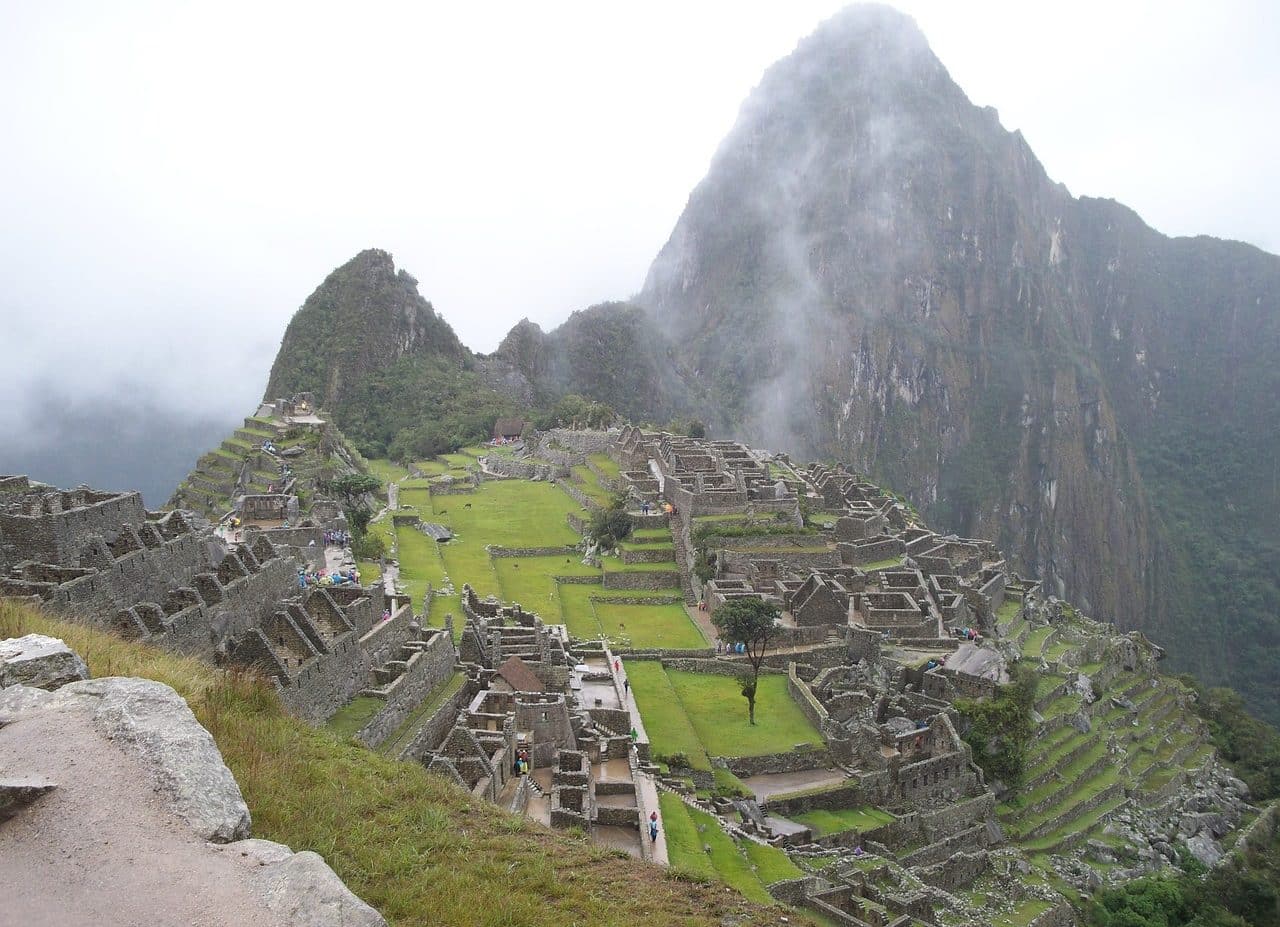
The second lieutenant is the lowest ranking officer in different armed forces.
An ensign is an officer who, in certain armed forces, has the lowest rank . The classical Arabic word fāris , translatable as “ gentleman ,” derived from the Hispanic Arabic alfáris , which is the closest etymological antecedent of the term in our language .
The concept of alférez arose in the Iberian Peninsula , where it was used with reference to the representative or second chief of a king. Over the years, however, the lowest-ranking officer began to be called ensign. The students of an academy , in this way, are ensigns before becoming lieutenants.
Whoever was in charge of carrying the flag in a troop received the name of senior lieutenant . The king's alférez had a similar task, a magistrate who carried the banner of the monarchy in those battles in which the king himself participated.
The concept of ensign according to the country
Currently the notion can refer to different ranges depending on the country. In Argentina , for example , alférez is the initial rank in the Air Force officer ranks. When a student graduates from the military academy, he becomes an ensign and is later promoted to lieutenant. Also in the Gendarmerie there is the rank of ensign, preceded by sub-ensign and followed by first ensign .
In Colombia , the Police , the Army , the Air Force and the Navy have the rank of second lieutenant. In all cases it is linked to the last year of training and applies to those who are about to graduate from cadet school .
If we focus on the maritime field, we can find the ensign of a frigate (the lower-ranking officer) and the ensign of a ship (the rank that follows the ensign of a frigate), to name two cases.

In colonial times there was an institution known as Alférez Real de los Incas.
An Indian institution
Centuries ago there was an Indian-type institution that allowed the appointment of a Royal Ensign of Naturals , Royal Ensign of Noble Indians or Royal Ensign of the Incas . Its creation took place throughout the Viceroyalty , specifically in the Peruvian city of Cuzco (also written with s instead of z , Cusco ), in the mid- 16th century and through the Royal Cédula .
Charles I of Spain supported the birth of this type of alferazgo specifically to recognize the support of Cristóbal Paullo Inca during the conquest of the Collao (also known as the Titicaca plateau , Andean plateau , Collao plateau or South American plateau ) and the victory against the Manco Inca Yupanqui , the first Vilcabamba rebel of the four who demonstrated.
Cristóbal Paullo Inca was, therefore, the first Royal Ensign of the Incas , but later other people enjoyed the same honor, and among them were Ynga Pascac , Cayo Topa , Guallpa Roca and Don Felipe Cari Topa .
While Viceroy Toledo remained in Cuzco , the Inca nobility had to go through a change of organization to be made up of twelve houses (lineages or panacas), which corresponded to each of the Incas who had ruled before the Spanish invasion. Starting in 1595 , it was decided that these houses would be represented by two electors, who, together, would make up the Cabildo of the Noble Indians .
The twenty-four electors who were part of the Cabildo had to appoint a Royal Ensign by suffrage . He had to go out during the procession that took place at the festival of the Spanish patron saint Santiago Apóstol , wearing typical Inca clothing and carrying the royal standard . Beneath the llauto , the attire that Inca rulers usually wore, you could see the mascapaicha , a tassel of red wool, gold threads, and feathers that was used in events such as parades.
The Royal Ensign of the Incas was accompanied by the corresponding officer from Spain . In the series of fifteen paintings called Corpus Christi , whose authorship is uncertain, it is possible to see several of the ensigns of this time .
